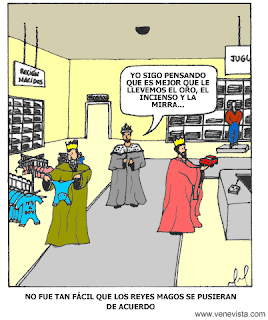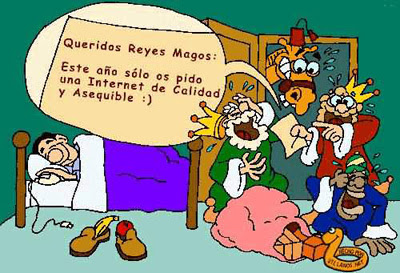There are lots of different models for delivering MFL at KS2 , and the Pathfinder projects investigated a number of them. Coventry City Council was one of those Pathfinder LAs and developed an interesting project called Language Detectives, now Investigating Languages. I had heard a basic outline of what it involved and the theory behind it but never actually seen any of the materials or had the detail explained so, as I was starting to feel a bit of a fraud when I mentioned it as a model then failed to give any further detail, and also because I wanted to know, I jumped at the chance to attend Sian James’ presentation.
Sian has led the project for the last year, taking over from Nick Jones who began it. In a nutshell, it is a two year language awareness course with CD and activity book for each year which, as Sian put it, ‘aims to open up a world of language learning, of language awareness and language skills’. The USPs of Investigating Languages seem to be
- It’s ideal for the non-specialist as there is no call for knowledge of a specific language.
- It’s flexible – although intended for Years 3 and 4, and then followed by studying a specific language in Years 5 and 6, there are many different ways that it’s used: for Year 5 and 6; as a 4 year course with a discrete language taught alongside; as an intensive day once a term; as a bridging unit between Year 6 and 7.
- It clearly meets the LLS and Language awareness strands of the KS2 Framework.
- It enables pupils to become comfortable with risk taking.
It was originally conceived as a way for all Coventry schools, where the average number of languages spoken is 10 (one has 42), to have a combined approach to PLL. All schools in the LA have the materials and use them to suit their needs (as above) – I like this as it gives a common core whilst still allowing schools a say in the languages they teach, when and how.
Before explaining Investigating Languages, Sian actually highlighted a website I’d visited before, but hadn’t fully explored. Newbury Park School in Redbridge has a vast number of languages spoken by its school community and has developed a brilliant site featuring all the languages. For each one, a child from the school presents greetings and other short phrases in video clips with the word in the original script and also Roman script. There are also Q&A such as What’s your name?, a page that shows where the language is spoken not just as a first language but also as a second or third official language, and also a resource pack for each language to download. I love the site not just for the breadth of languages from which you can choose but also because it shows that this school values the experiences that its pupils bring in terms of their language skills and heritage.
Back to Investigating Languages (IL) – we began with a list of words. Sian asked us questions about what we thought we had to do, what we thought the words might be (greetings) and how we knew (we recognised some of them and made an assumption based on our experience). We then worked in pairs to work out the languages. Some we guessed, some we used deductions based on the way the words look, how they relate to other words we did know etc. which is a process that IL is seeking to nurture.
The next activity involved 16 strips, each with 6 words on, half with the language written at the top. We quickly worked out that the words were months of the year and the ones with the language labelled were January –June. Again we were asked for our thoughts and ideas, and encouraged to discuss our reasoning. Using clues such as script, use of capital letters, number of accents, we paired the cards. Then we had a go at pronouncing them, using one of the activities on the CD where four languages are featured at the top of four columns so direct comparison can be made. It was interesting to see how we were willing to hazard a guess when the script was familiar, but Russian or Greek was met with silence – how like kids us teachers can be! We found out interesting facts such as the months in Polish are named after activities that are done in those months and that the word for January in Dutch and Swahili is the same.
Sian showed us more activities from the CD and provided us with some examples from the book as well as the promise of a sample CD ( the previous group had taken all the ones she had with her!) Another favourite was an audio clip in French that she played with no preamble. We deduced that it was about someone visiting London, seeing Big Ben and David Beckham and saying hello to him. We put actions to the key words and then listened to the same clip in Swahili, using the same actions at the appropriate points. An amazingly simple activities but so much in it about use of cognates, word order, knowledge of linguistic conventions etc.
And another involved reordering words from listening to an audio clip. Whilst I don’t like English translations being displayed usually when new words are presented, in this case it demonstrated a point abut word order as the English word moved with the Spanish one.
Sian told us that after two years of this, when Year5 and 6 start studying a discrete language, the pupils are not content with single words; they want to know how to make sentences and paragraphs immediately because their confidence is such that they feel they can cope with it.
I’ll definitely be investigating further – even if we don’t purchase the materials (Sian is currently updating them so hang on until June was her advice!), the ideas and concepts are brilliant, aren’t they!



















